The Atlantic Ocean is cooling down at a record speed and scientists don’t know why

The Atlantic Ocean is teeming with life, mysterious dark waters with numerous wondrous creatures. Moreover, only 5% of the world’s oceans have been explored, leaving more than 90% a mystery to scientists. While most ocean elements are fascinating, some are cause for alarm. For instance, a temperature change has raised some questions.
Changes in the Atlantic Ocean
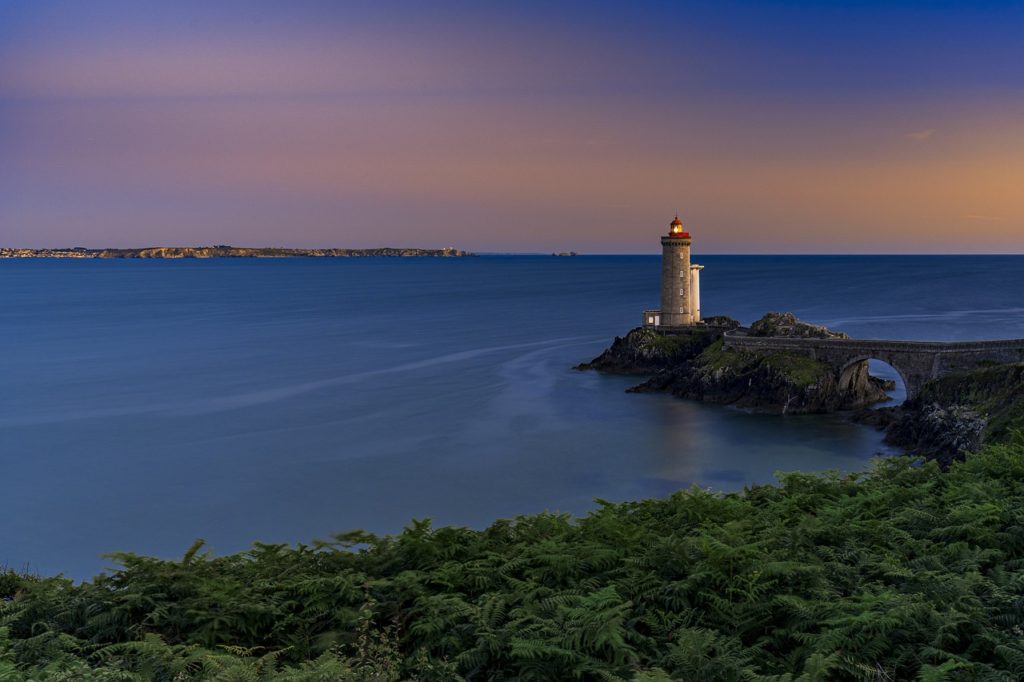
It’s no surprise to many that scientists are warning about climate change, the result of notably increasing temperatures in recent years. Seemingly, each year brings hotter and more intense summers, with the past year seeing record highs. However, something has changed in the Atlantic Ocean.
The Atlantic Ocean is Cooling
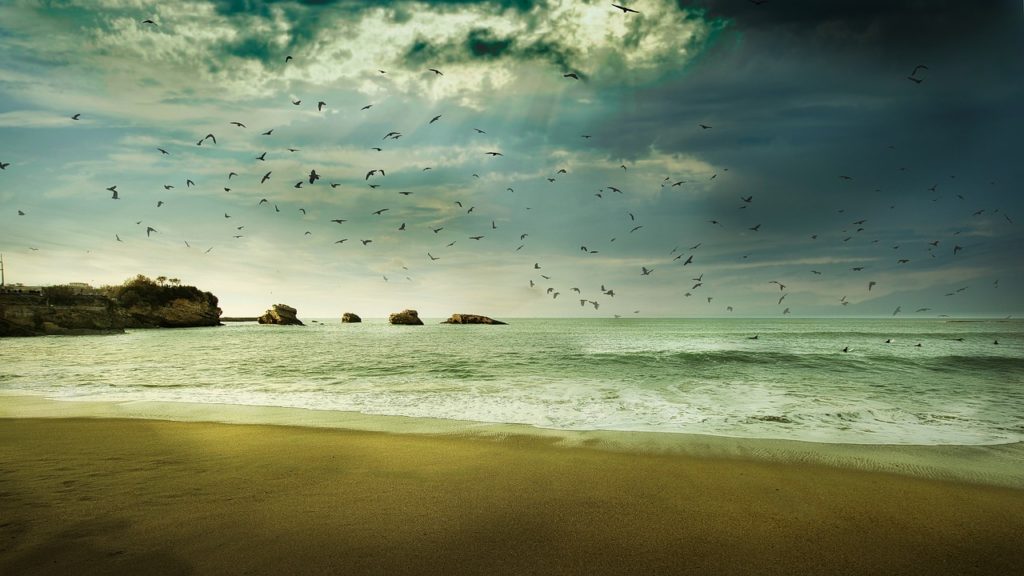
Scientists have discovered that the Atlantic Ocean has been dropping in recent months, “at a record speed.” The Atlantic Ocean has been 1 to 2 degrees cooler this time of year than is expected. While it seems like a small change, scientists aren’t sure why it’s happening, and that’s alarming. “We’ve gone through the list of possible mechanisms, and nothing checks the box so far,” explains Frans Philip Tuchen, a postdoctoral student at the University of Miami.
NOAA Data on the Atlantic Ocean

Since March of 2023, The Atlantic Ocean has been setting record highs thanks to strong El Niño weather patterns between 2023 and 2024. However, data from the NOAA shows the temperatures have been cooling since May, and La Niña has come earlier than normal, leading scientists to wonder if this is the cause of the temperature shift in the Atlantic Ocean. The transition usually takes place around September but has come early this year leaving the Atlantic Ocean and other bodies of water susceptible to other extreme temperature changes.
Intense Hurricane Season

On the other hand, these weather patterns are difficult to predict and impact many factors such as trade winds, solar heating, and rainfall. In fact, experts warn that these unpredictable changes in the Atlantic Ocean could impact rainfall, or increase the likelihood of hurricanes. Moreover, the early shift in weather patterns has been deemed “a tug of war” between the Atlantic Ocean and the Pacific as it “tries to cool itself and the Atlantic tries to warm it,” said Michael McPhaden at NOAA.
Carbon Dioxide is a Major Contributor
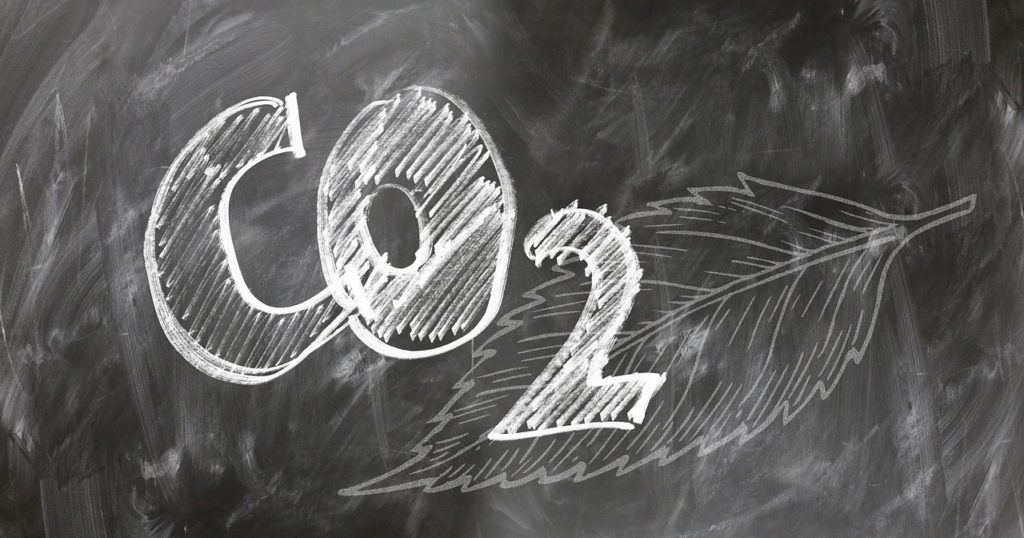
Climate change is partially man-made, in that we contributed to it with harsh chemicals and improper disposal. However, some other natural weather patterns occur every 100,000 years and every 11,000 years. For instance, Earth has experienced warm, or “interglacial” periods and cold periods, also called “ice ages” every 100,000 years or so, for at least 1 million years. Scientists have learned through their research that carbon dioxide is a major contributor to previous ice ages, and it’s influenced the Earth’s extreme temperature changes.
Climate Changes
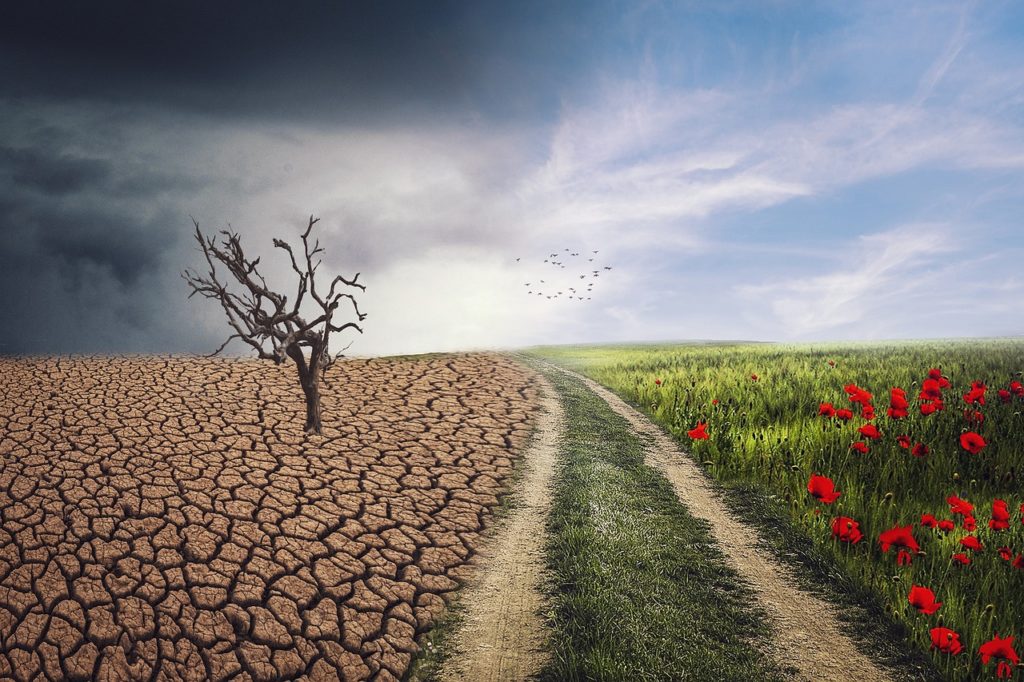
Meanwhile, scientists believe the Pacific Northwest United States was warm and dry, and the Southwest was cool and wet around 11,000 years ago. Additionally, many of these changes are attributed to population and urbanization, which sadly produce high carbon dioxide levels, while also eliminating the trees and greenery that absorb many of those gases.
Plant Life of the Atlantic Ocean
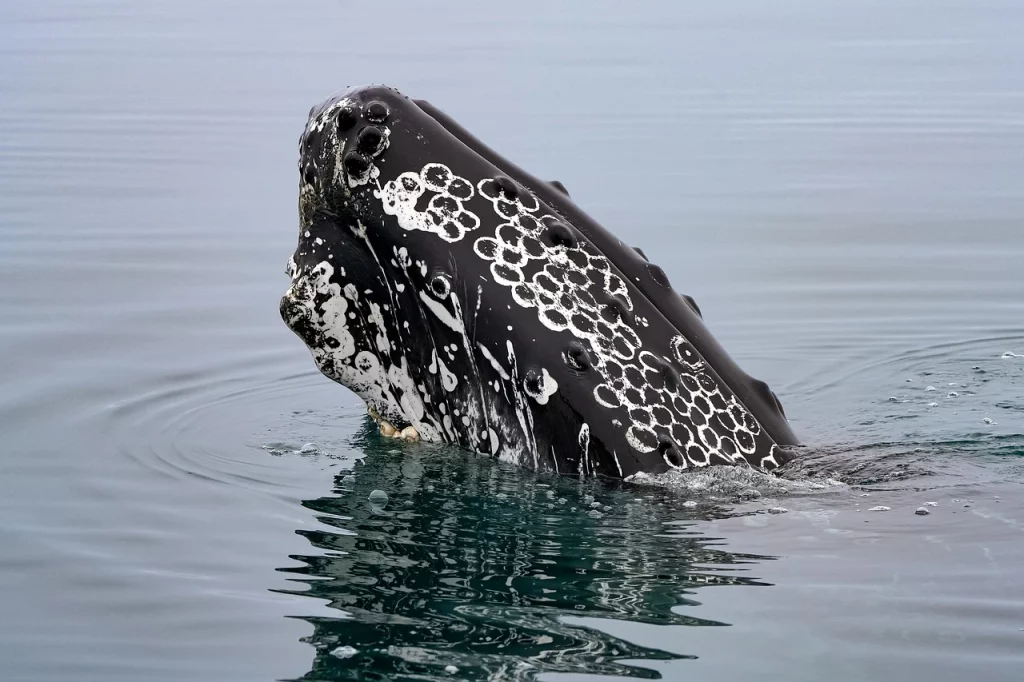
Fortunately, the Pacific, Atlantic, and all other Oceans are full of plankton and algae that provide a similar service. Sadly, these unpredictable changes may lead to greater repercussions and loss of plant life. Either way, scientists warn a colder and more intense winter may be on the horizon, alongside the likelihood of a more brutal hurricane season.
Weather Change Preparedness

There are several ways to prepare for weather-related dangers. Some examples include:
- Stock up on Non-perishable groceries such as canned soups, freeze-dried fruits and vegetables, dry goods like beans or oats, and well-preserved meats like beef, turkey, or fish jerky.
- Be sure to have emergency candles.
- Have flashlights with working batteries.
- For hurricane protection, use duct tape and cardboard for windows and doors.
- Be sure everything is safely strapped down and in a waterproof casing.
- Have windows and doors checked to ensure they’re properly insulated.
- Keep jugs or bottled water.
- Look into a generator if you live in an area that experiences frequent power outages.
- Be sure all prescriptions and medications are filled and up to date.
- Have a first aid kit, garbage bags, wipes, and hand sanitizer.
- Keep important documents nearby in case of emergency and to prevent them from washing or blowing away.
Lastly, stay informed about changing weather patterns in your area and places like the Atlantic Ocean as these can impact cities and crop production worldwide.
